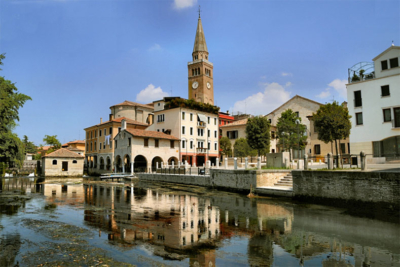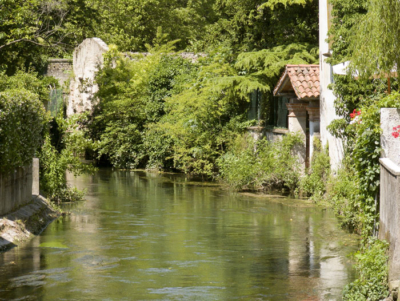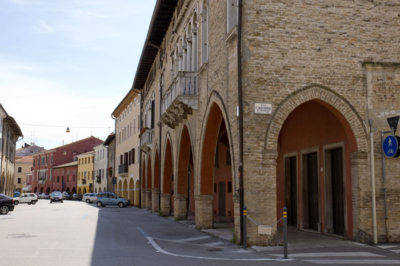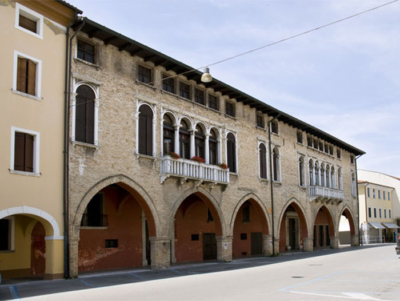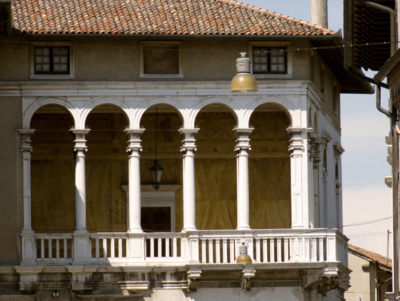PORTOGRUARO
It is one of the most distinctive cities in the entire Veneto region, filled with tradition and culture and with visible evidence of its rich Medieval, and later Renaissance, past. The most important are the impressive and extremely elegant town hall topped by its typical Ghibelline merlons, the palaces and churches of the historic centre, the original calli (alleyways) of Venetian town planning, the row of porticoes that line the two main axes of the city crossed by the Lemene river and the city gates with dedications by the Venetians rulers.
Portogruaro’s importance from the 12th century onwards stemmed from its strategic position between Venice and Aquileia, as a ‘gateway’ to the northern markets of Austria and Germany. The beautiful and extremely important Museo Nazionale Concordiese (Concordia National Museum) is full of archaeological finds from nearby Concordia Sagittaria. The original Palaeontological Museum and the City Museum are also interesting and worth visiting. The Summer Music Festival organised by the Santa Cecilia Music Foundation is famous worldwide.
Just a few kilometres away, don’t miss Summaga with its medieval Benedictine abbey; Lison, the centre of PDO wine production, and Portovecchio with the Villa Bombarda Furlanis surrounded by spacious grounds crossed by the Lemene river.
Worth Visiting
Porta di San Giovanni, a 13th century gate rebuilt in the mid-16th century (1555-56)
Porta San Gottardo
Porta di Sant’Agnese the oldest of the three remaining gates
The 14th-century brick town hall (1372-1380)
Duomo di S. Andrea, the cathedral in neoclassical style built between 1793 and 1833
The 12th-13th century Campanile (Bell Tower or Civic Tower)
The gothic-style Piazza della Repubblica
The peaceful, elegant Via Cavour, an avenue lined with Renaissance gothic buildings
The mills over the Lemene river, built in 1477 by Bishop Antonio Felotto
Palazzo De Goetzen (15th-16th century)
Palazzo Dal Moro (14th-15th century)
Palazzo Marzotto built in 1540, the only building in the city that still has an entire frescoed façade (16th-century Venetian school frescoes with mythological scenes). Restored in 2012.
Don’t Miss
Parco della Pace Villa Comunale: located in the city centre, the garden of this historic villa, once owned by the Stucki and Marzotto families, has been transformed into a public park in recent decades.

